The new Granary dataset was used to train high-accuracy and high-throughput speech AI models for audio transcription and translation.
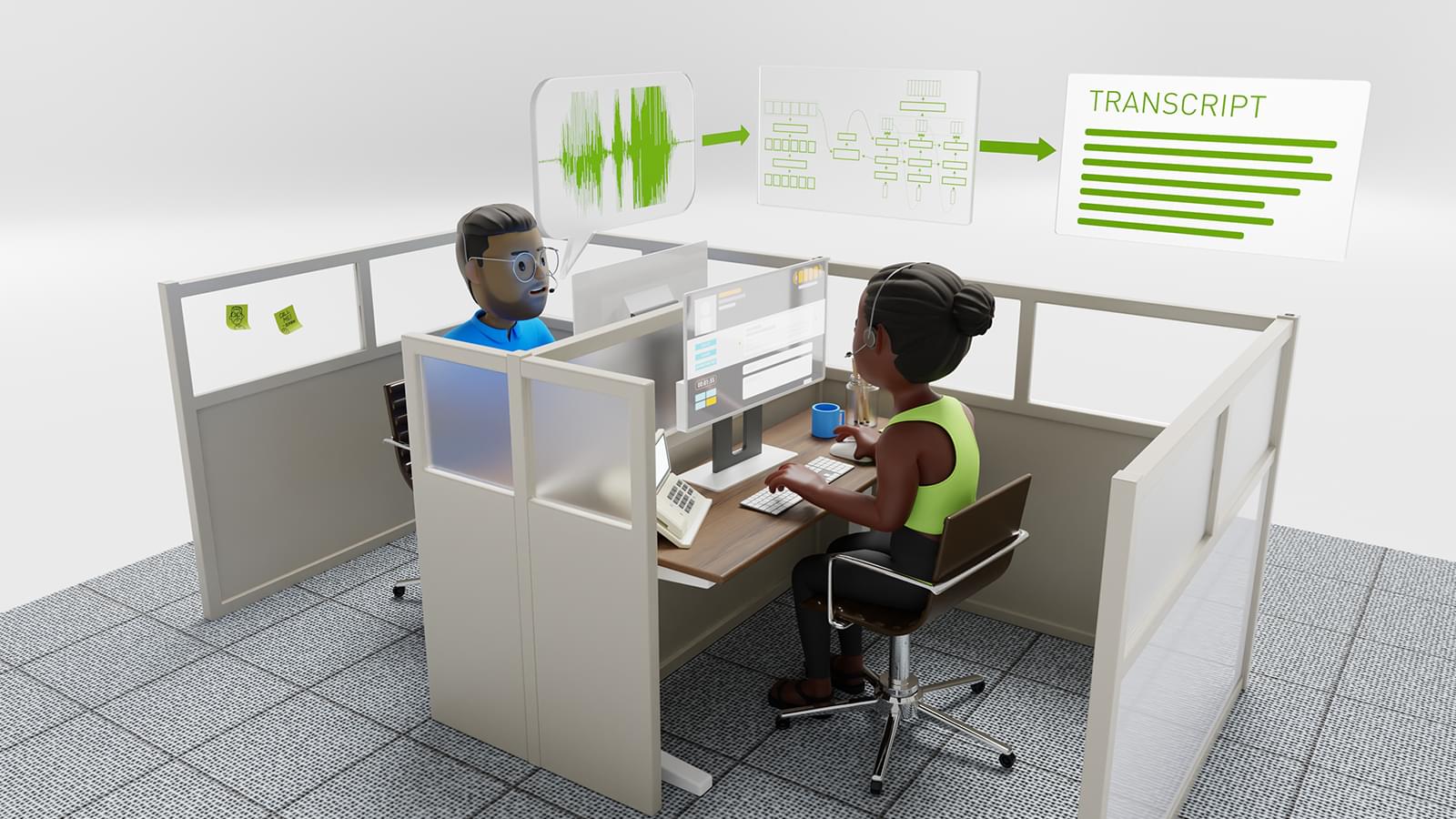


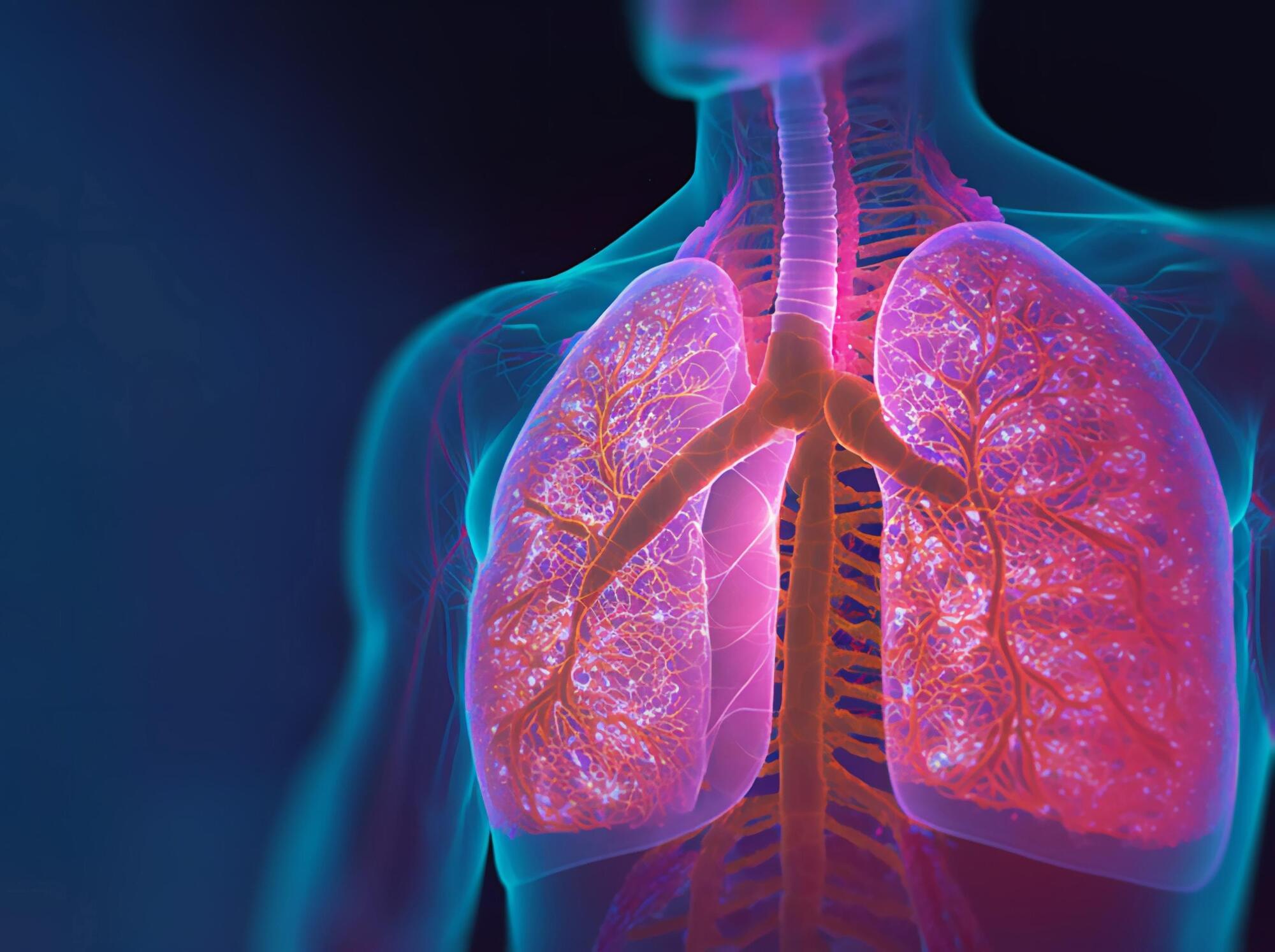
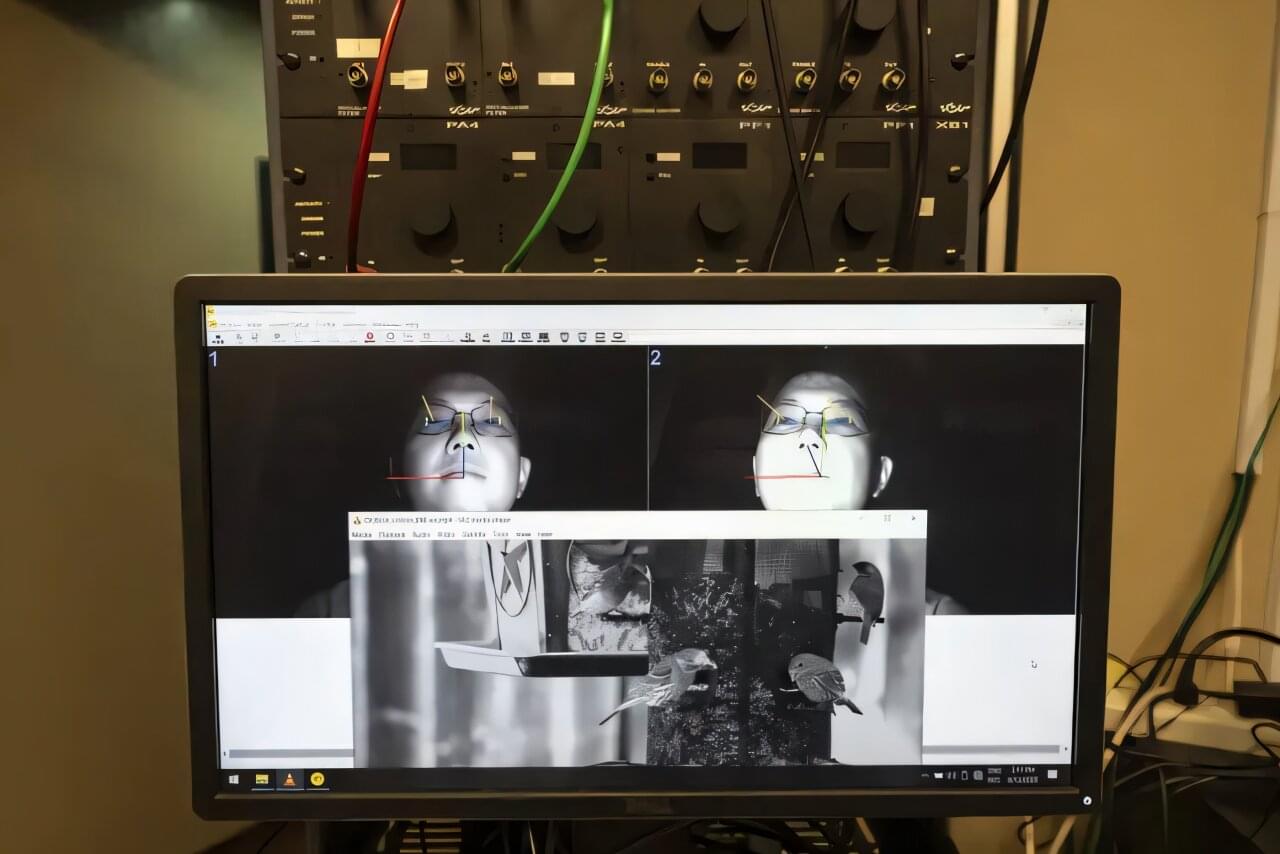
Throughout her career, Laurie Heller has listened closely—not just to words, but to sound itself. In the Auditory Lab at Carnegie Mellon University, the psychology professor explores how the brain interprets everything from environmental clatter to the subtle noises that can spark deep feelings of safety, connection, or in some cases, rage.
So when Yuqi “Monica” Qiu, then an undergraduate in computer science, emailed Heller after seeing a recruitment poster for a study, Heller was ready to listen.
“I have misophonia,” Qiu wrote. “And I want to help.”
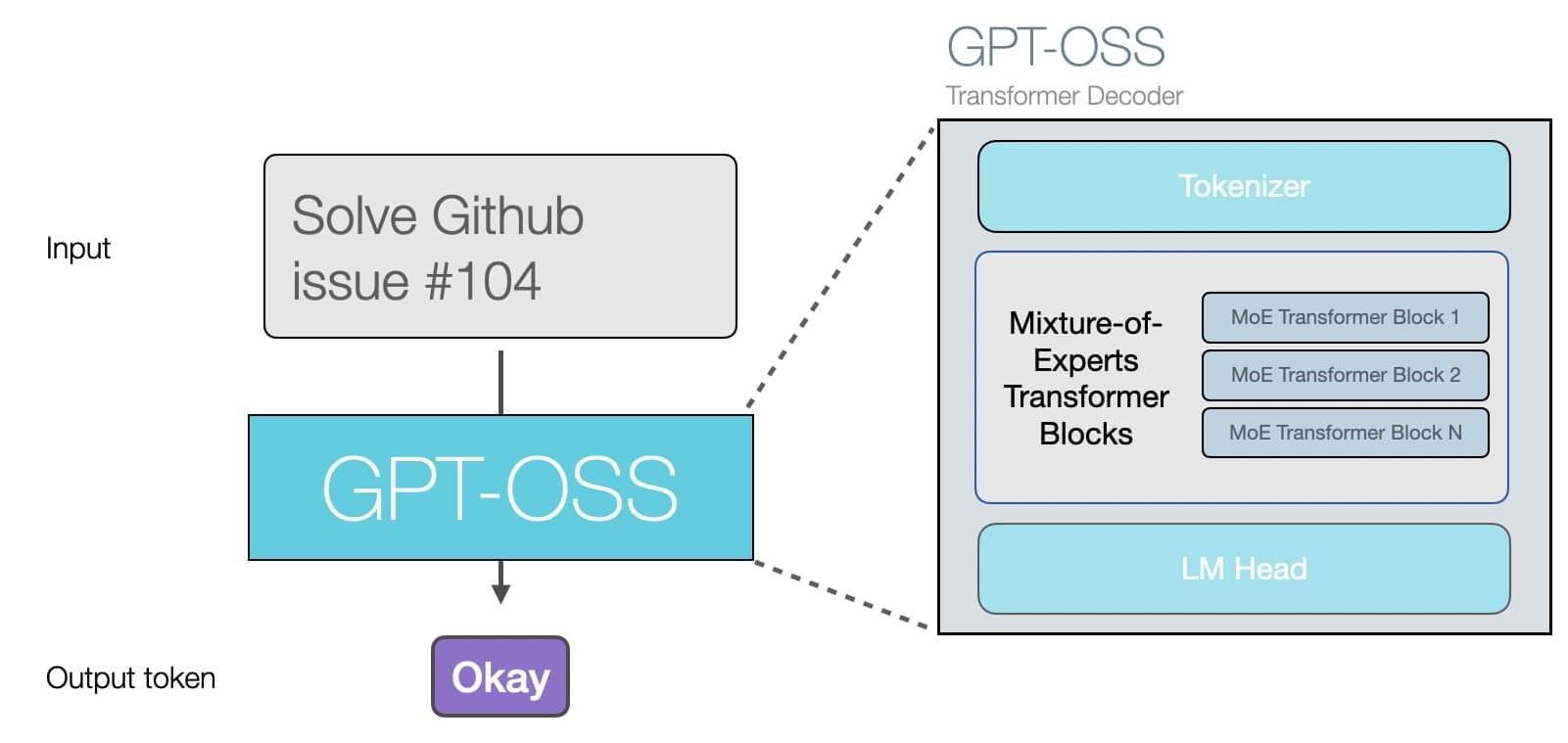

US scientists tap seaweed for rare earths and metals used in EVs, electronics.
Researchers in the United States discovered a new way to extract rare earth minerals. They focused on seaweed, which hosts rare earth minerals in their leaf-like tissues. After multiple efforts, the Pacific Northwest National Laboratory (PNNL) research team successfully extracted critical mineral content from the seaweed biomass.
They have been growing several species in the Sequim campus and investigating different methods of extracting minerals from seaweed.
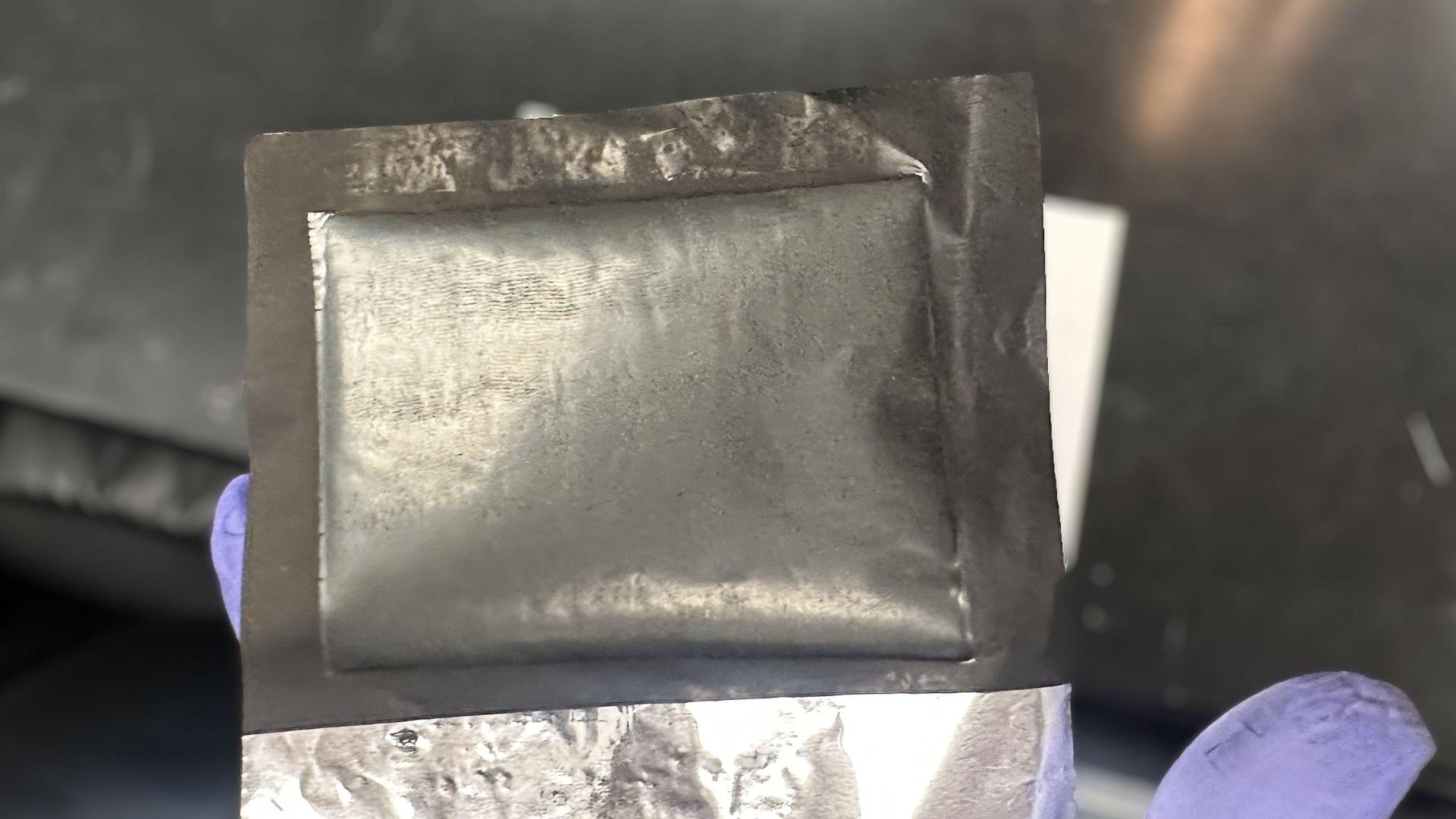


In track events.
Unitree H1 humanoids win four gold medals at Beijing’s first World Humanoid Robot Games, marking a leap in China’s robotics race.